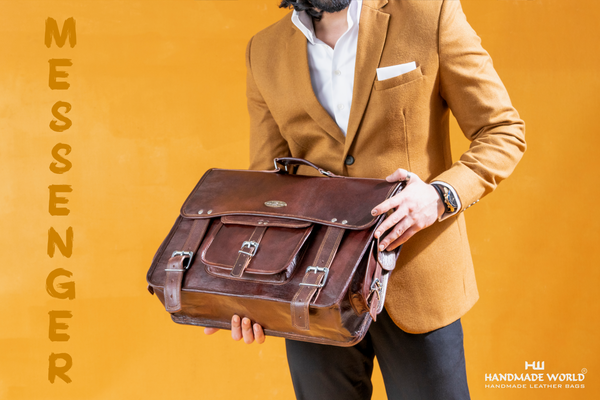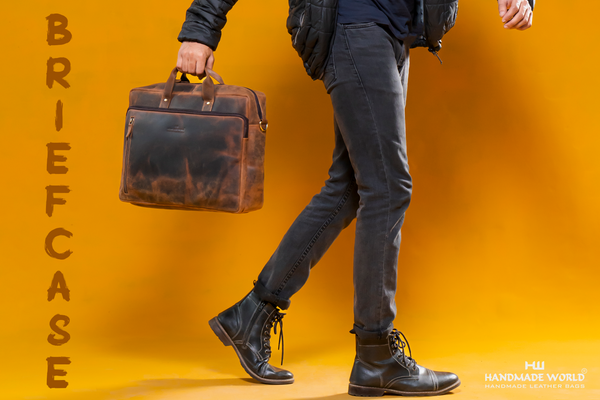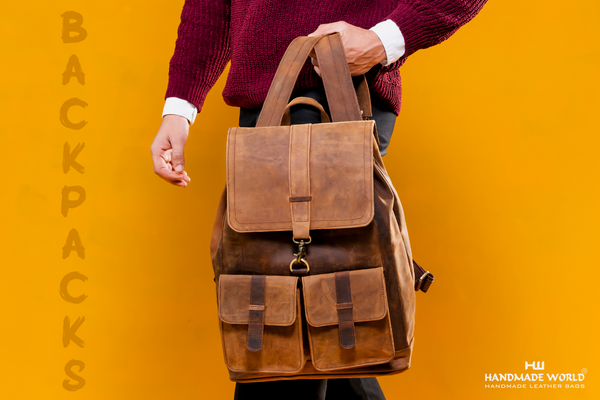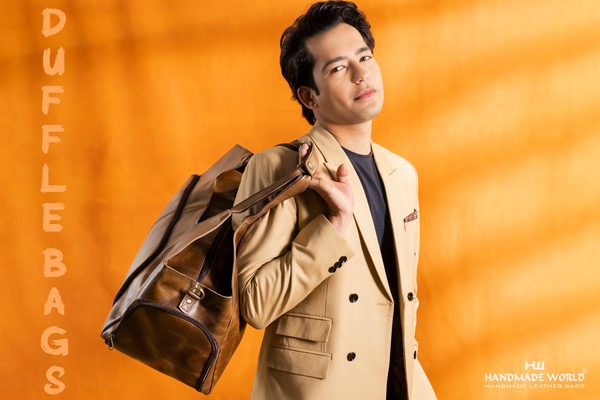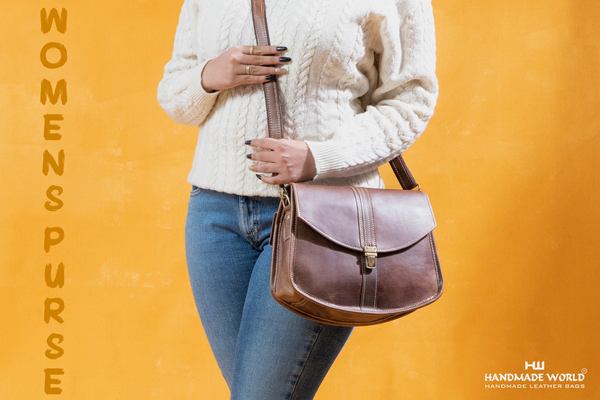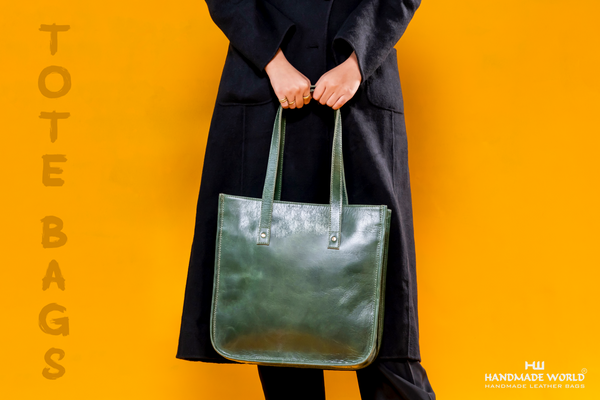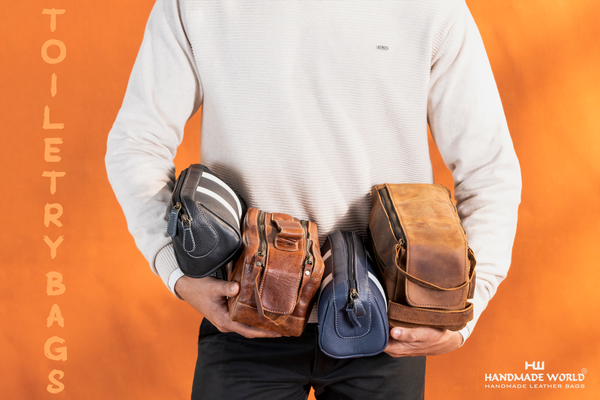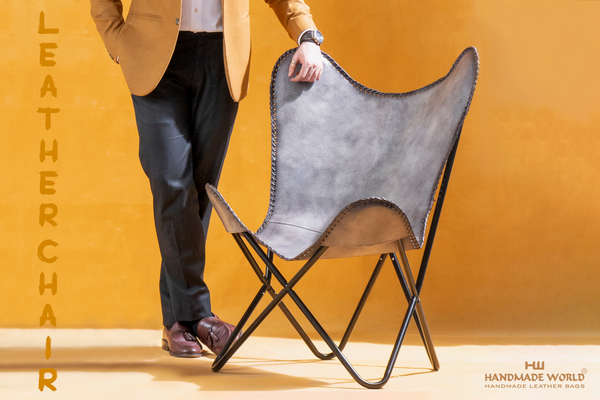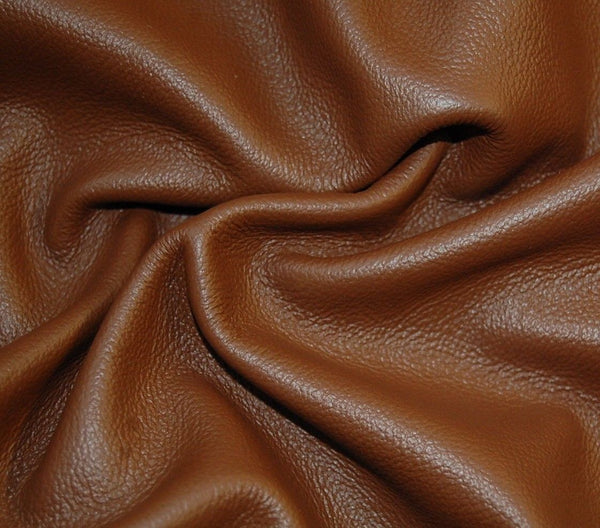
Why does Leather peel?
Leather is a durable and stylish material often used to make shoes, bags, journals, and other products. However, even the highest-quality Leather can start to peel over time, ruining its appearance and reducing its lifespan. Understanding why and when leather peels are the first step to preventing or fixing the problem.
Does natural leather peel?
Genuine quality leather does not peel when it is rightly taken care of. Leather can indeed last for a lifetime. Genuine Leather will likely last for decades, retaining its natural beauty while garnering a new patina. Genuine Leather is made from the hide of an animal; authentic Leather naturally needs to be cared for and maintained.
Genuine Leather seldom peels, but it might be harmed if you don't take proper care of it and use it every day without cleaning and conditioning it. Your leather jacket or bag may be peeling for other reasons. Over-cleaning might sometimes have a harmful effect. When you use the wrong products, you destroy perfect Leather. So, if you wish to have your leather items looking new and preserve them from peeling, ensure you know everything there is to maintain the Leather.
What kind of Leather peels the most?
The type of Leather that peels the most is typically lower-quality Leather made with weak or poorly treated fibers. This type of Leather is often used for products that are designed to be budget-friendly, such as entry-level footwear or inexpensive handbags.
Low-quality Leather is often treated with harsh chemicals to make it look like higher-quality Leather. Still, these chemicals can weaken the fibers and make the material more prone to peeling. In addition, low-quality Leather is often made from less thick or sturdy hides than those used for higher-quality Leather, making it more susceptible to peeling.
It's important to note that even high-quality Leather can start to peel over time, especially if it is exposed to harsh conditions or not adequately cared for. However, Leather made from high-quality hides and treated with care will be less likely to peel and last longer than low-quality Leather.

What Causes Leather to Peel?
Leather peels when the top layer of the material starts to separate from the underlying layers. This can be caused by many factors, including:
- Age: Leather can dry out and become brittle over time, making it more prone to peeling.
- Exposure to Sunlight: UV rays from the sun can cause Leather to fade and dry out, making it more susceptible to peeling.
- Moisture: Leather that gets wet and then dries out can start to peel, as the moisture causes the fibers in the material to expand and contract.
- Chemical Exposure: Exposure to chemicals like solvents, oils, and cleaning products can cause Leather to peel, as these substances can weaken the fibers and cause the top layer of the material to separate.
- Heat: Exposure to heat can cause Leather to become dry and brittle, making it more prone to peeling.
- Wear and Tear: Repeated bending, stretching, and other forms of wear and tear can cause Leather to peel, especially if the material is not of high quality.
When Does Leather Peel?
Leather can start to peel at any time, but certain factors can make the problem more likely to occur. These factors include:
- Poor Quality Leather: Low-quality Leather is more prone to peeling, as it may be made with lower-quality fibers or treated with chemicals that weaken the material.
- Improper Storage: Storing Leather in a damp or humid environment can cause it to become wet, increasing the likelihood of peeling.
- Lack of Maintenance: Remembering to clean and condition Leather regularly can prevent it from drying out and becoming more prone to peeling.
- Exposure to Harsh Conditions: Exposure to harsh weather conditions like sunlight, rainstorm, and extreme heat can increase the likelihood of leather peeling

Preventing Leather from Peeling - tips and tricks
The best way to prevent Leather from peeling is to properly take care of the material. Here are some tips to help you keep your leather products looking their best:
- Store Leather Properly: Store leather products in a cool, dry place, away from direct sunlight and other heat sources.
- Clean and Condition Regularly: Clean and condition Leather regularly to keep it moisturized and prevent it from drying.
- Avoid Exposure to Harsh Conditions: Avoid exposing Leather to harsh weather conditions, like rain, snow, and extreme heat.
- Use Leather Protectant: Apply a leather protectant to help repel moisture and protect the material from harsh weather conditions.
- Choose High-Quality Leather: Invest in high-quality leather products to reduce the likelihood of peeling.
You should constantly prioritize caring for and preserving your leather items to prevent them from peeling and damaging, affecting their appearance and quality.
If you properly care for your leather items, you will only need to spend a little money in the future. Therefore one should treat it with care.
It's also important to know that as faux and natural Leather are created differently, what works for faux Leather may or may not work for natural Leather. However, it is reasonable to infer that whether you own synthetic or genuine Leather, you should treat it carefully and treat it as such to avoid any damage, such as peeling.
You now know why your Leather is peeling and what you can do to avoid and prevent it from peeling further. If the peeling of Leather is due to synthetic or poor quality leather, now is the best time to switch towards genuine leather articles. If you are looking for genuine leather bags. In that case, the Handmade worlds bags collection is the most suitable option for you, with varieties of bags like leather messenger bags, Leather backpacks, convertible bags and more.


